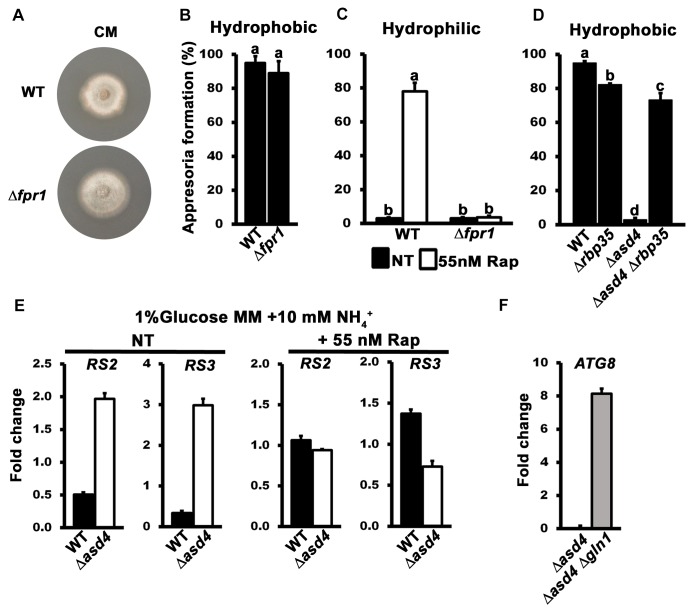Fig 4. The TOR signaling pathway is misregulated in Δasd4 mutant strains.
(A) The colony morphology of Δfpr1 mutant strains on complete media was not altered compared to WT. Strains were grown for 10 days. (B) Appressorial formation rates of Δfpr1 mutant strains were not significantly different (Student’s t-test p > 0.5) from WT on hydrophobic artificial surfaces. (C) Treating spore suspensions with 55 nM rapamycin (Rap) did not induce appressorium formation in Δfpr1 mutant strains on non-inductive hydrophilic surfaces compared to WT. (D) Appressorial formation rates on artificial hydrophobic surfaces were significantly elevated in an Δasd4 Δrbp35 double mutant compared to the Δasd4 single mutant. (E) The expression of the M. oryzae ribosomal protein genes RS2 and RS3 was increased in Δasd4 mutant strains compared to WT after growth in 1% GMM with 10 mM NH4 + for 16h. Treatment with 55 nM Rap restored the expression of RS2 and RS3 in Δasd4 mutant strains to WT levels. Expression levels were normalized against TUB2 gene expression and are given as relative fold changes. (F) ATG8 gene expression is upregulated in Δasd4 Δgln1 mutant strains compared to the Δasd4 mutant when normalized against TUB2 gene expression. (B-D) Error bars are standard deviation. Bars with different letters are significantly different (Student’s t-test p ≤ 0.05). Values are the average of the number of appressoria formed at 24 hpi from 50 spores per coverslip, repeated in triplicate. NT = no treatment. (E-F) Values are the mean of three independent replicates. Error bars are SD.

